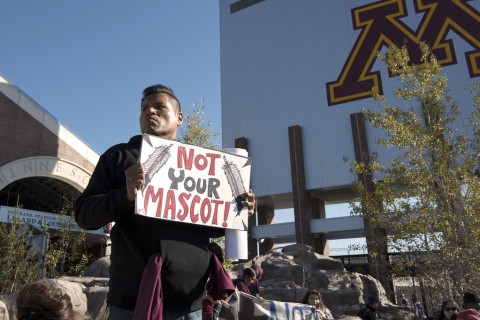Why the Washington, DC, football team needed to change its name
This victory won’t amount to much if Americans don’t understand why racist team names are a problem.

The football team in Washington, DC, that for decades has had a racial slur for a name is finally in the process of changing its name and logo. This is a huge moment, born from a time when a pandemic and the ongoing reality of police brutality toward black people have sparked change and revealed who we are as a nation.
Indigenous people have been fighting for a long time to make racist mascots go away. We have created artwork—such as More Than a Word, a film by Dakota historian John Little and artist Kenn Little—to document the problem throughout history. Amanda Blackhorse, a Diné Nation psychiatric social worker, has been waging a legal fight for name change for years. Crystal Echo Hawk, of the group IllumiNative, led the recent effort to put pressure on the DC team to change its name.
It would be a huge disservice to the indigenous activists and grassroots organizations that fought for this change if we gave all the credit to companies like FedEx, which threatened to take its name off the team's stadium in suburban Maryland, or Target, which chose at last to stop carrying the team’s merchandise. Still, it’s incredible to see the different kinds of pressure put on the team to make this change.





